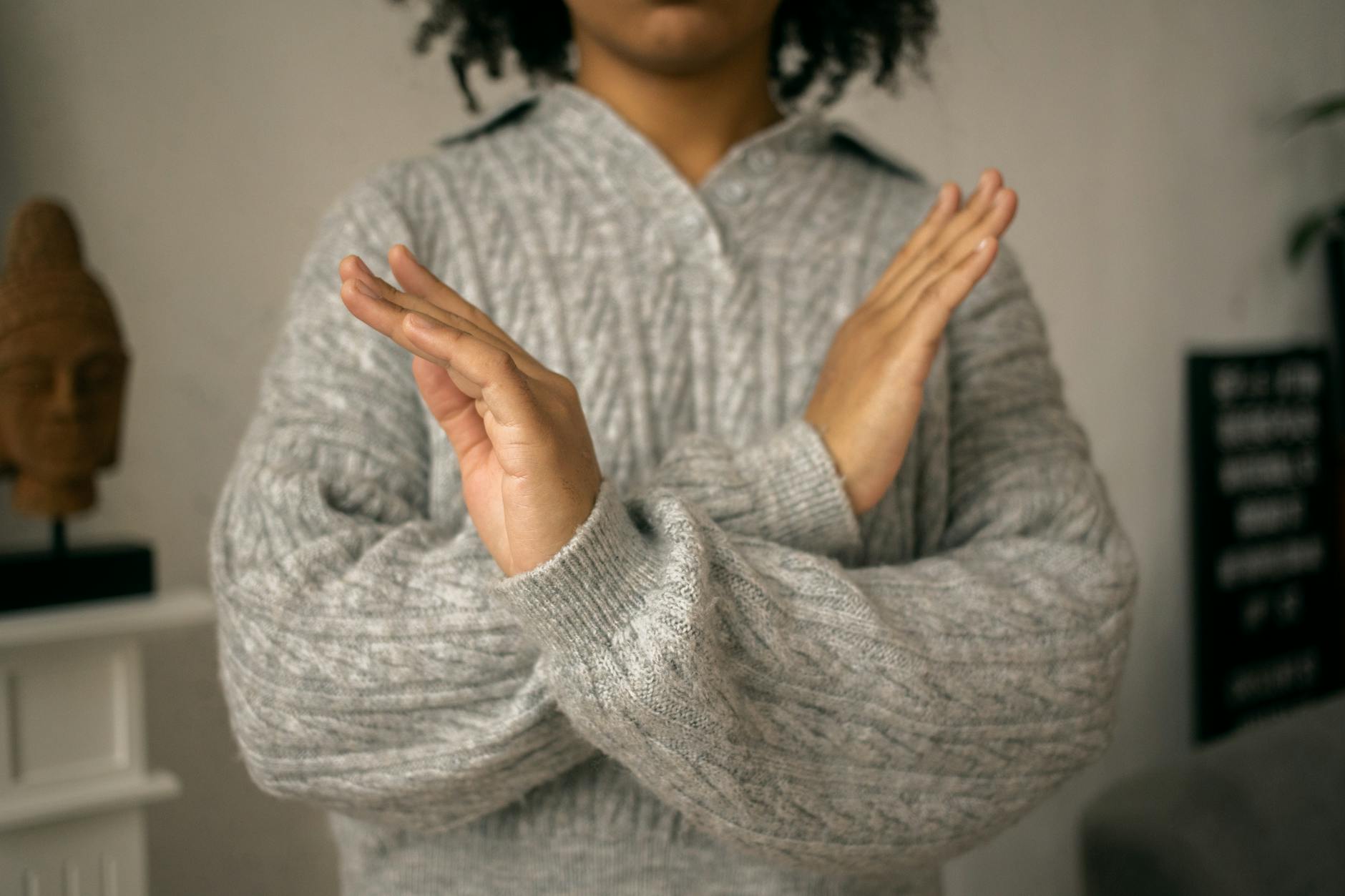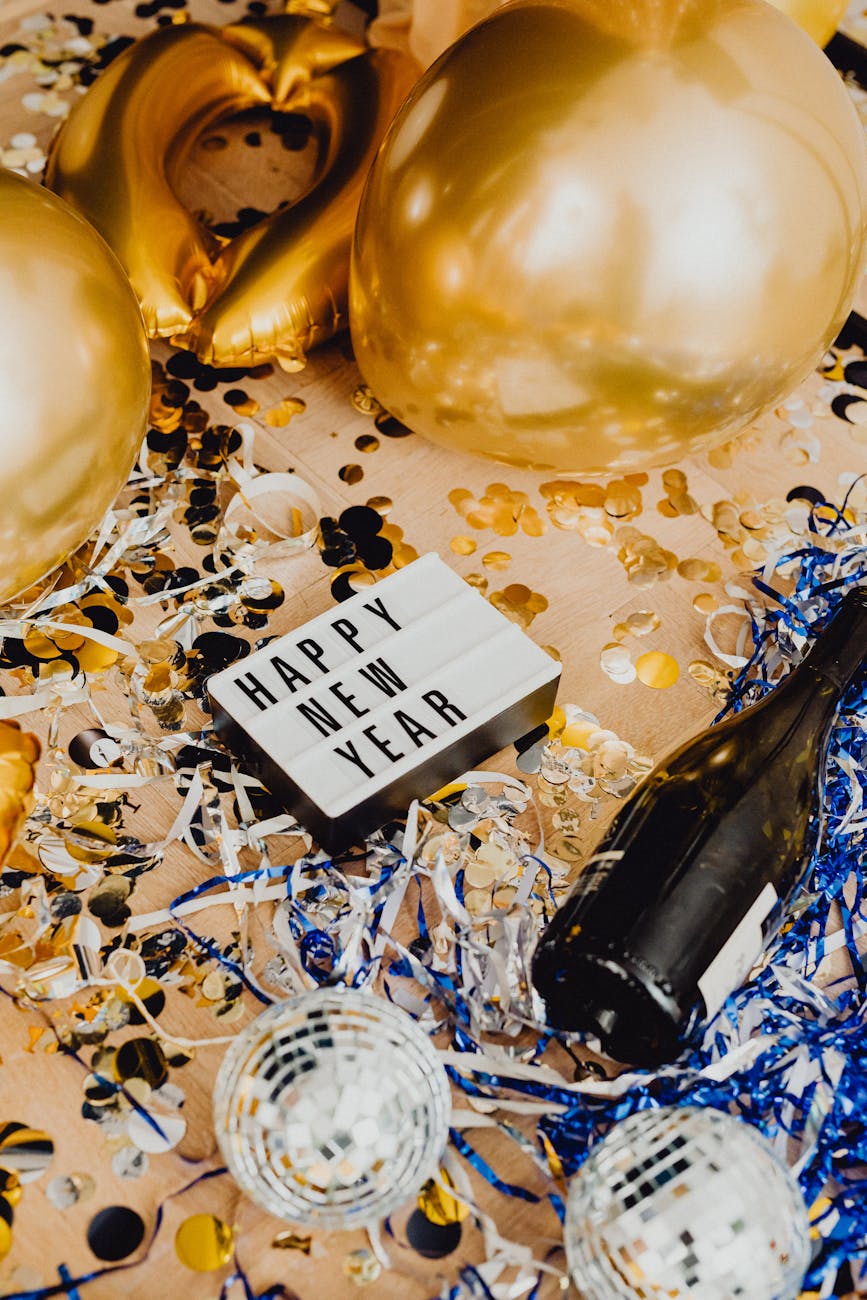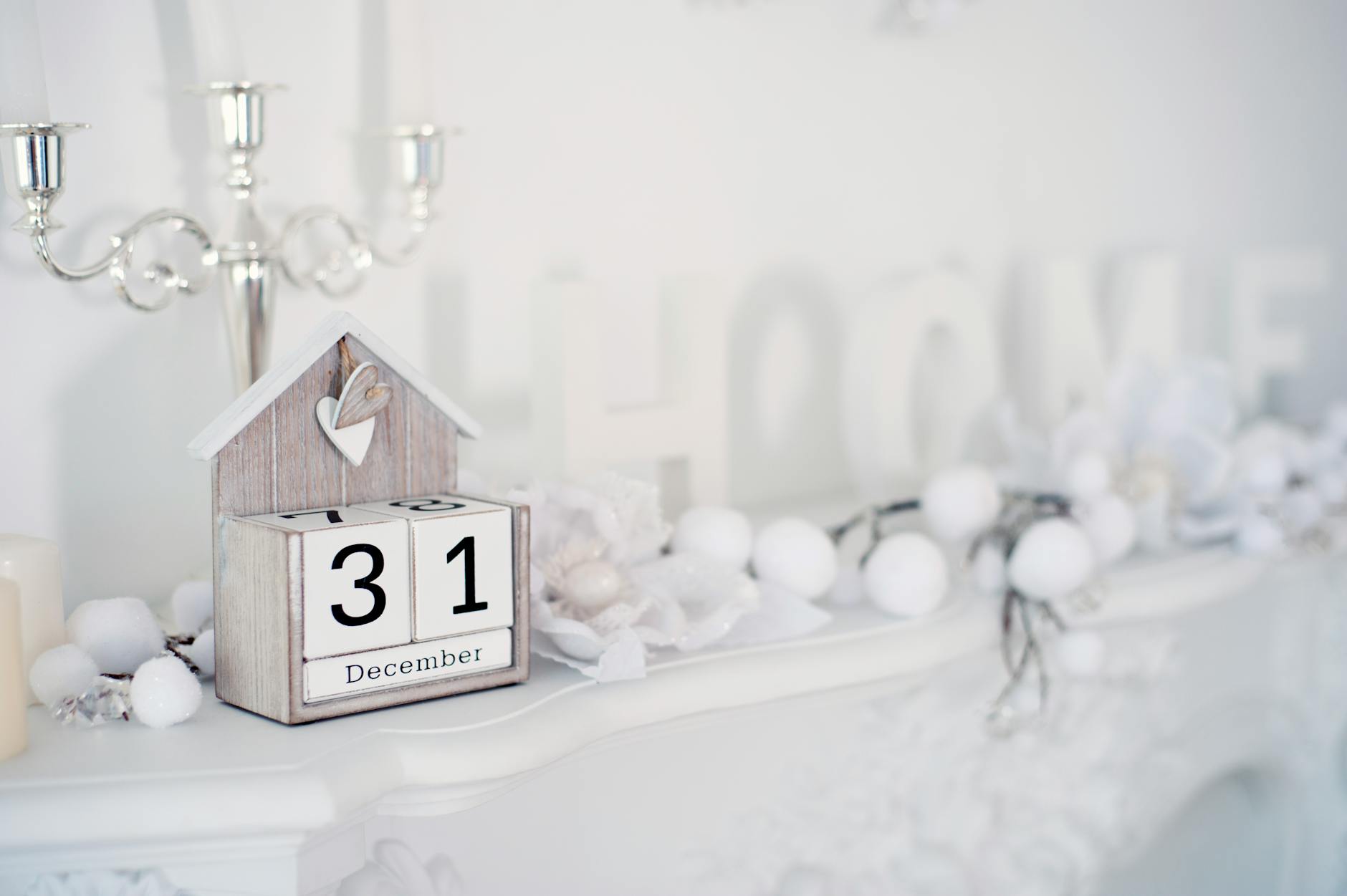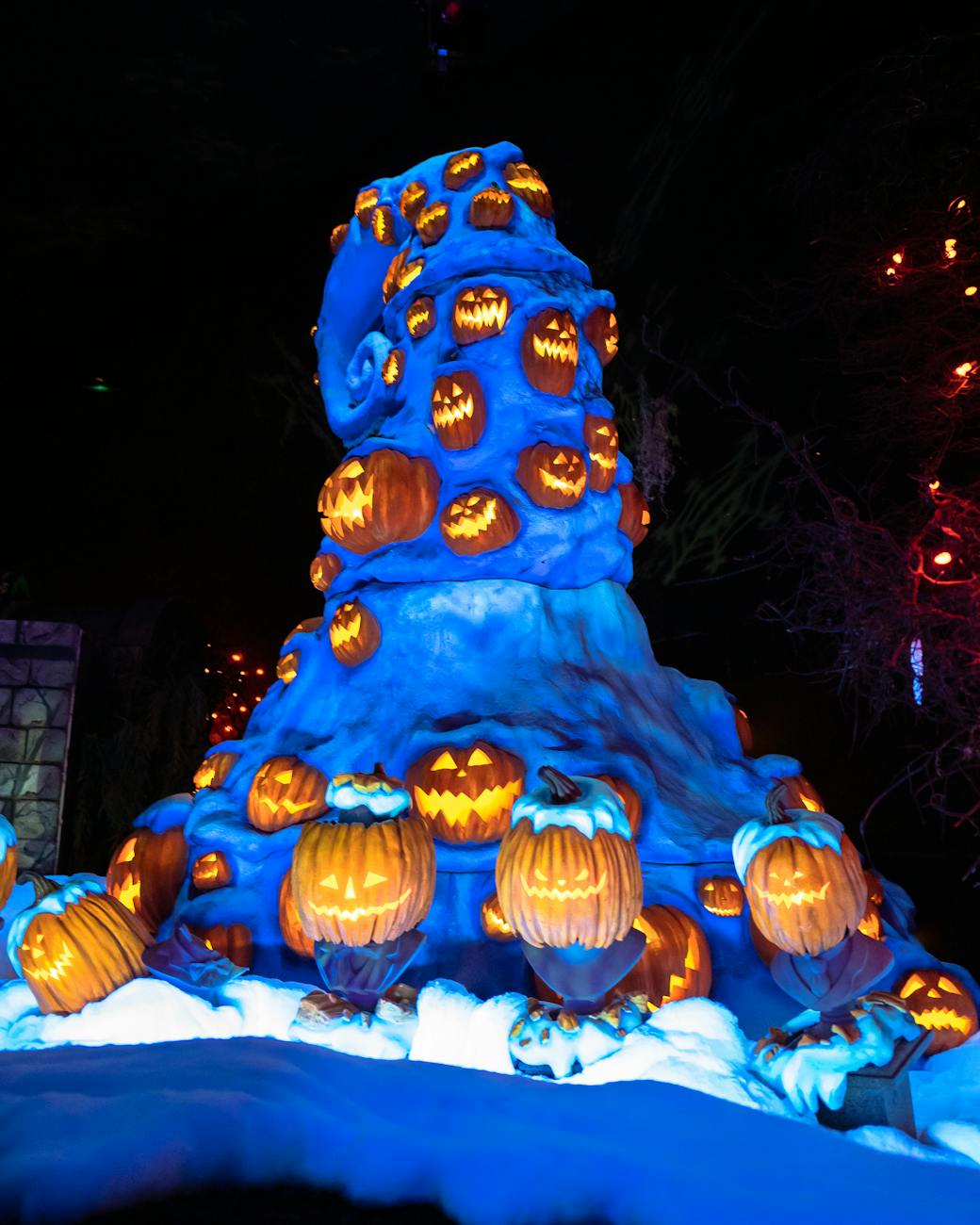The concept of “Elevated Horror” (horror movies that are deemed smarter, classier, and “not horror”) is a controversial one. On one hand, there’s an idea that calling it anything but “horror” takes credit away from the genre, insinuating it’s better than the likes of Friday the 13th or Chopping Mall. On the other hand, it’s seen as just another subgenre, like slashers, ghosts, or monsters. Regardless of your stance, Elevated Horror is quickly becoming a common theme in post-2010 horror. Twists and turns that were never expected, and astronomically beautiful cinematography are key elements of these films.
Although Nightmares in Red, White, and Blue only talks about horror up until the early 2000s, we can still see the trends in horror following cultural and political major events worldwide. Where Nightmares left off, America (and the West as a whole) amped up its military dominance after 9/11, represented in brutally tortuous films like 28 Days Later, House of 1000 Corpses, Hostel, Saw, and more dark and sinister remakes like The Texas Chainsaw Massacre. Ten years later, as the world is healing and more accustomed to the new precautions and lifestyle in a time of terrorism, horror films began to relax and allowed viewers to break out of victim mode and into a more fantastical kind of experience. Ghosts returned as a sort of echo to those we’ve lost. Evil entities (demons, exorcisms, possessions, etc.) and monsters rose through the ranks again, as did horror comedies.

As we entered the teens, horror movies grew more subtle with their scares. Horror grew softer, but somehow even more traumatizing than ever before. I’d like to relate it to people finally dealing with that trauma of years past — both in what happened 15-20 years prior (for Americans and the Middle East especially) and in terms of everyone’s individual past. The jump scares didn’t completely disappear, but filmmakers and writers took more psychological approaches, relying on existential fear of the unknown, or situations that were completely unwinnable. The film’s soundscape changed as well to match the new motifs; loud, sudden noises became gradual crescendos that lingered on faces, or slow, droning mood music that mimicked what a gloomy mountain day felt like. It became less about obvious and abrupt reactions to stimuli, but a slow realization that life was meaningless, a reminder that there is suffering in the world.
Midsommar. The Lodge. It Follows. Hagazussa. Suspiria. With the exception of blockbuster knockouts like Godzilla and the Halloween sequels, the days of cheesy, bloody schlock and awe are pretty much gone; at least, they’re sticking to smaller studio releases. That’s not to say that they’re becoming less popular though — one can look at Terrifier and see that grindhouse and gore is alive and well. It’s just that the trend of “smarter” horror has spread from the Rue Morgue/A24 fandom to the masses.
And now, in 2021, we all know why Elevated Horror has become the dominant subgenre: the Millennial Zeitgeist. The same issues that have always been perpetuated through horror (societal issues, war, religion, etc.) are pumped into our brains tenfold. The stereotypical Millennial whining about student loan debt, the housing bubble, climate change, mental health, and human rights have trickled down into Gen Z where they can flourish and live on in the real world as well as on the silver screen. People don’t necessarily like to live in a world of pain, but there is some level of comfort in knowing others have felt your trauma. Seeing these same issues in horror gives a platform to speak on it while reinforcing that it is normal to feel these emotions, to feel helpless. And having a genre already known for decisive topics showcase these issues in a more mature, “elevated” manner somehow makes them easier to listen to and take seriously. Before, horror was for children, not to be taken seriously as they’re really just for degenerates (because who would like blood and titties, right?!). It’s completely opposite now.

In a way, Elevated Horror is the genre of the Millennials, echoing our thoughts about life, love, society, and what is to come. With the last of this generation leaving young adulthood and entering actual adulthood, we now all have a footing in the workforce, which means that more Millennials are able to be part of the filmmaking process, and more movies by established, older filmmakers are including tropes that pander to this generation as well.
For more about Elevated Horror, read A24 Arthouse horror on Screen Rant, and this article on the subgenre on CBR.
Do you like Elevated Horror, and what is your favorite “elevated” movie? Let us know in the comments!











